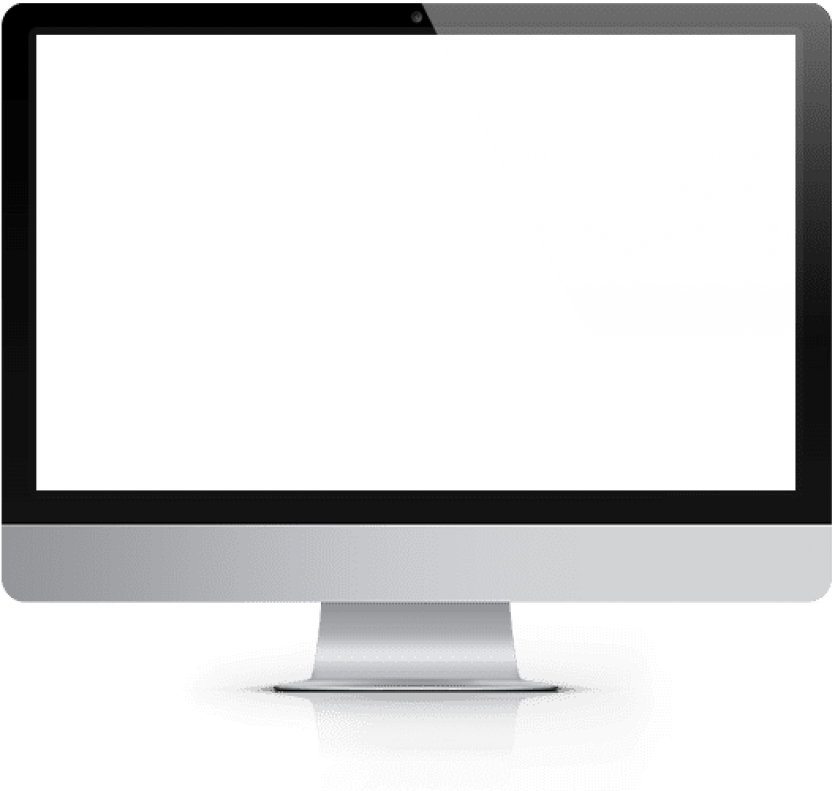Repairs and fleet maintenance are an inevitable part of oilfield management. More moving parts often means more paperwork and manually processing Rework that’s carried out by a third-party company can be frustrating, messy, inaccurate and expensive.
Challenges involve moving the fleet while taking required equipment out of the fleet, sending an item to a vendor to service it, managing vendor bills, and returning that equipment when it is fixed.
This is not only a physically challenging process, but also requires keeping all paperwork in order. Which means managers are required to keep many different variables in mind, and forgetting something may result in delays, overpayment, equipment loss, etc.
Tracking third-party repairs without double entering massive amounts of information, not keeping both files on the desktop and hard-copies, and loosing track of email feeds, text, and calls just to get equipment status update is possible. With expertise in Oilfield Rentals Operations, RigER offers a solution that helps tracking all third-party repairs, easily switch between internal repairs and managing equipment availability for the next job.
When Rental Units return from a job, technicians can inspect equipment and identify which items need repair and which of those need third party repair service. It is done by assigning “For Rework” condition to an Item. This simple click makes selected item unavailable to rent until repairs are done, thus dispatchers do not have to worry if they send unavailable items to clients. Once the condition is set, RigER shows an item in the Rework Dashboard along with other units.
Rework Dashboard is the place where all processes are managed and tracked. First step is to generate rework PO. This purchase order contains Vendor information, services that need to be done, pricing and taxing. Next step is to generate rework bill of lading out, which contains information on Rental Unit such as serial numbers, quantities, components. This step takes an equipment out from Items. The equipment is physically sent to a Vendor’s shop.
It stays in this status until fixed and returned to the owner’s shop. The dashboard also allows to see how many days equipment was at the Vendor’s shop. So, once it is back, the final step is to generate rework bill of lading in. This step returns that equipment back to the inventory and available to be sent to the next job. This is how complex process of managing a third-party repair process could be easily handled on the Rework Dashboard in RigER.



